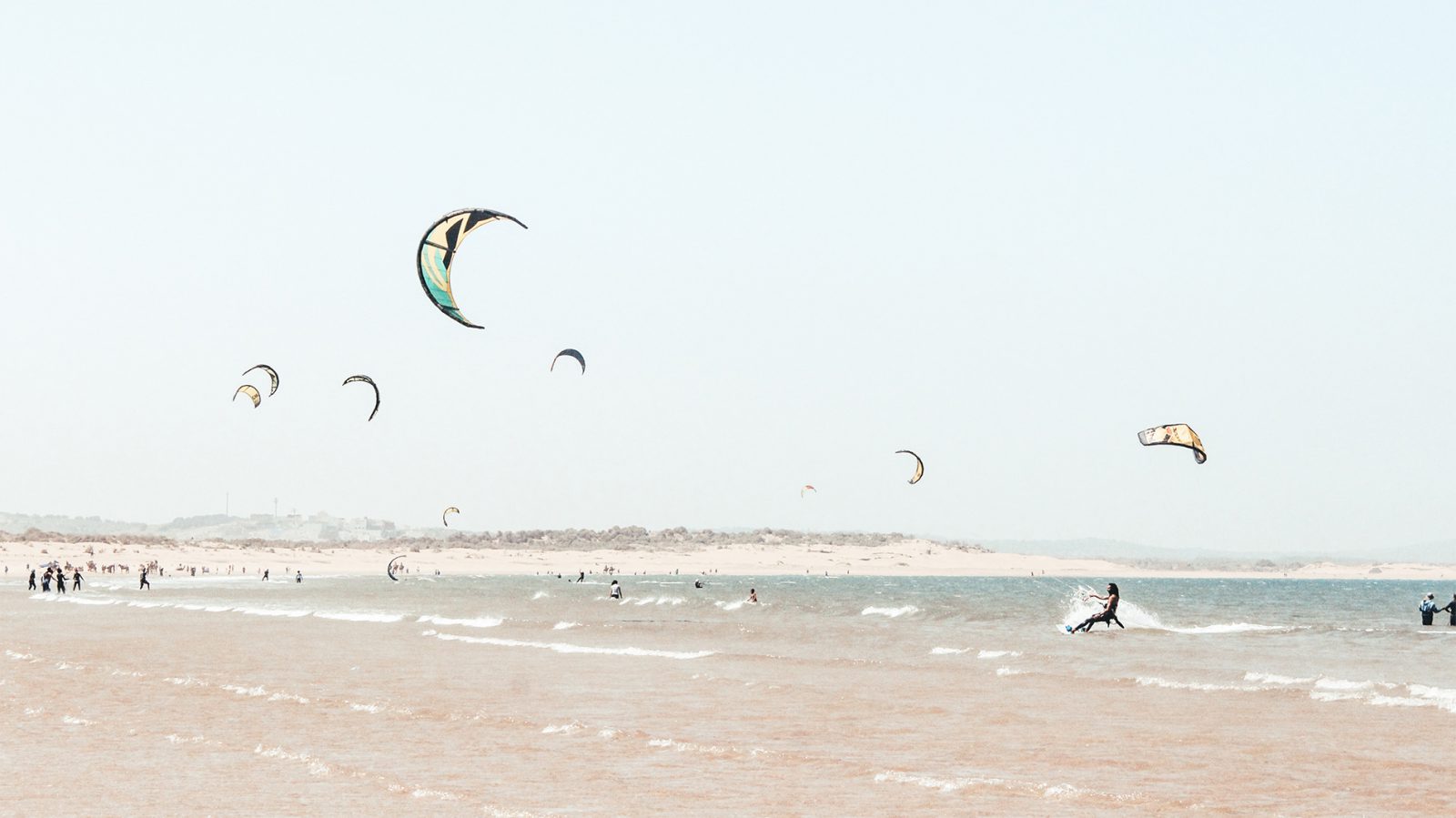Skip to content
The following Right of Way guidelines should be adhered to when Kiteboarding:
- There is no absolute right of way – All parties should take any action necessary to avoid a collision.
- When two riders are on opposite tacks and there is a need to alter course to avoid collision, the port tack rider (left shoulder forward) shall alter course and/or kite position in order to keep clear of the starboard tack rider (right shoulder forward) who should maintain the same course and speed.
- When two or more riders are on the same tack with kite lines overlapped, the upwind rider(s) shall keep their kite high and the downwind rider(s) keep their kite low.
- When two riders are on the same tack and are not overlapped, the rider behind shall ensure the rider ahead is aware of the rider approaching from behind.
- Never deliberately manoeuvre into a right of way position so that it interferes with another water user. If you are behind another kite heading into the beach, turn early to allow the lead rider plenty of room to turn. Always check for other water users before water-starting, jibing, relaunching a kite or recovering a board
- Always maintain a 50-metre downwind safety zone between yourself and other craft. In the event of coming into conflict with other water users stabilise your kite at 12 o’clock. (Top of the wind window).
- Never kitesurf within 50-metres upwind of any moored vessel.
- Never kitesurf in or near to the bathing areas and swimmers, buoys and boat moorings. Stay at least 60m clear of swimming flags at all times.
- Never practice jumping on land or close to the beach.
- When returning to the beach, give way to riders who are launching.
- Give way to people entering the water.
- Don’t downwind shadow a rider and keep at least 2 line lengths downwind so that if the rider fails in a manoeuvre they won’t hit you.
- Turning in front of an inward rider and then shadowing so that they can’t do a manoeuvre is inconsiderate.
- Don’t ride close behind another rider. They may be unaware of your presence and change direction suddenly.
- Priior to changing direction look over your shoulder to make sure the passage is clear
- If you are being closely followed and need to change direction signal to show that you are coming about and then do so if possible with care. This may require you to bear away before instigating a change of direction.
- Look around before you jump. Do not jump if there is any danger of possible collision
- Don’t jump within 2 line lengths of the beach.
- Don’t stand on the beach (chatting) with your kite over the water or above your head.
- Make yourself familiar with local rules and observe them.
- When kiting between rock groynes enter the water 2 line lengths south (nor-east wind) of the corner so as not to create congestion.
- Roll up lines when leaving the kite for extended periods.
- When wave riding, the first rider on the face of a wave has right of way. This may override the starboard tack rule. Give way to surfers even if they drop in on your wave.
- Give way to surfers and other water users when in the surf, at all times.
- Do not tack out through a surf break that is occupied by surfers.
- All riders should be aware of and abide by all applicable federal, state and local laws and regulations.

